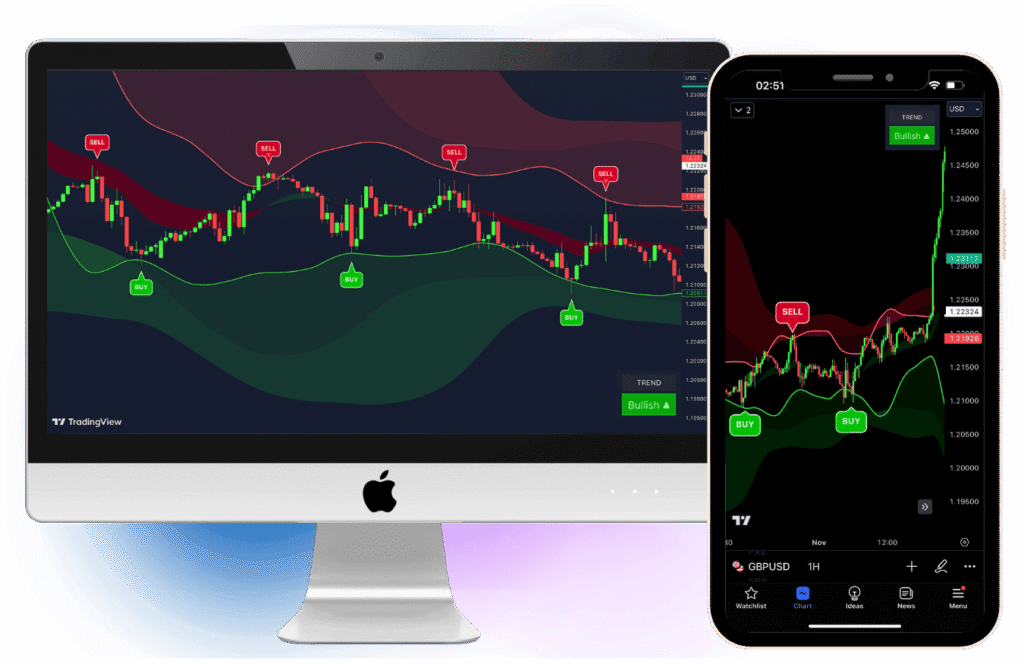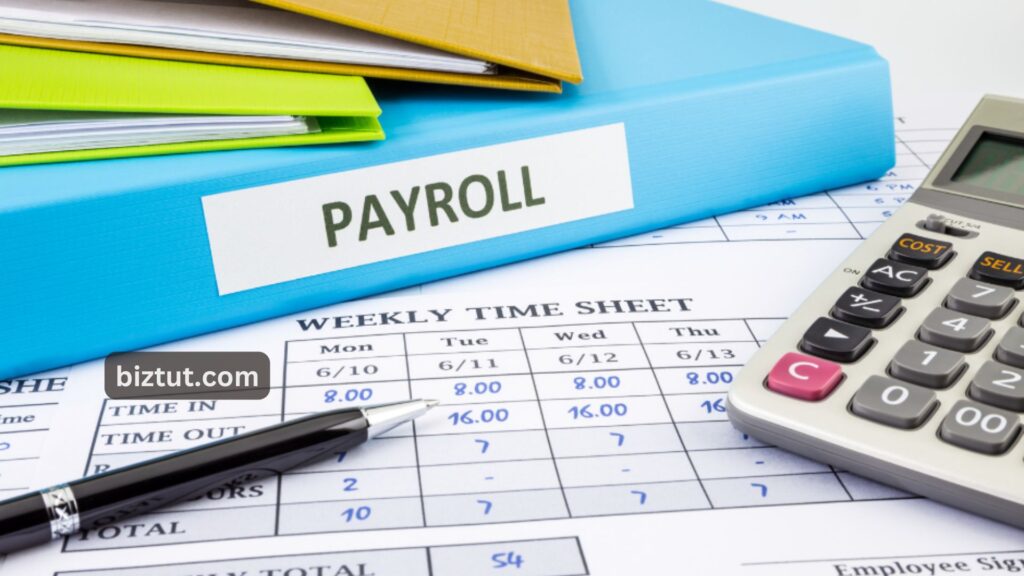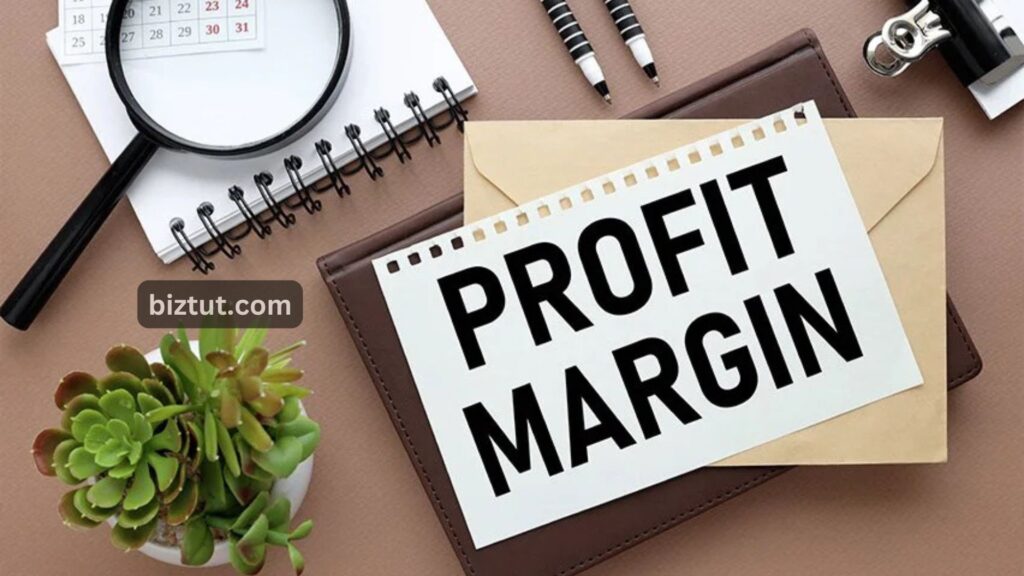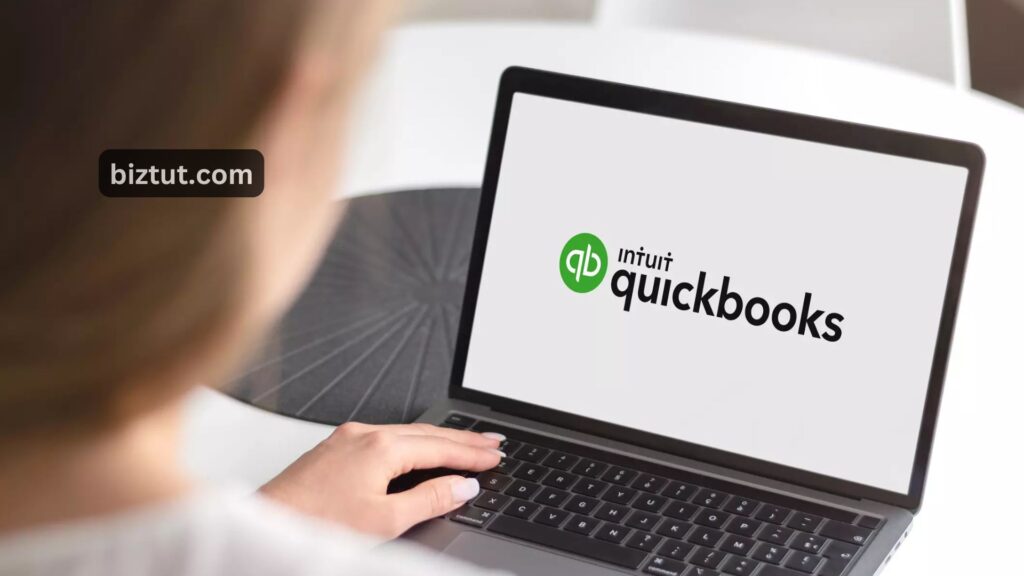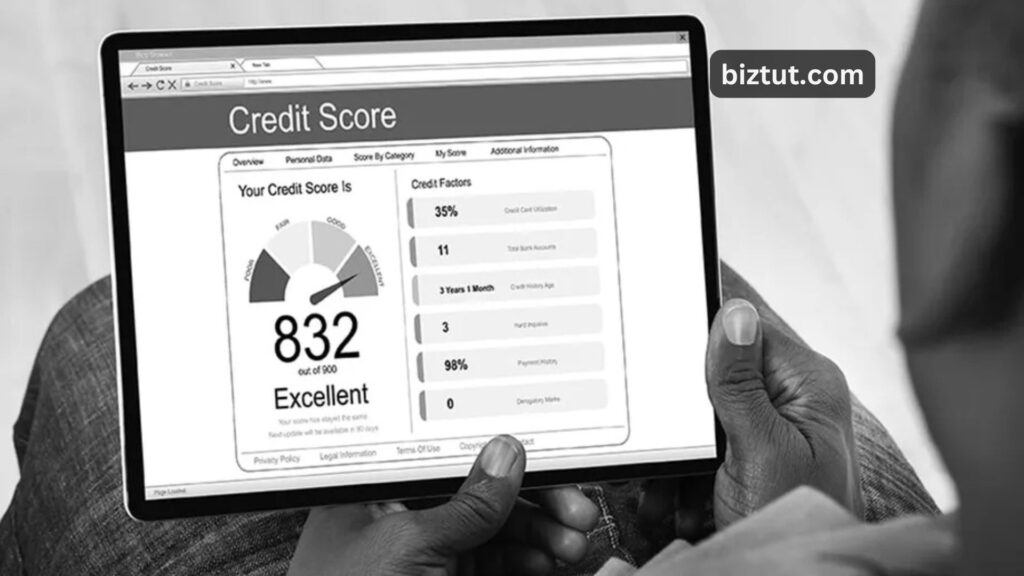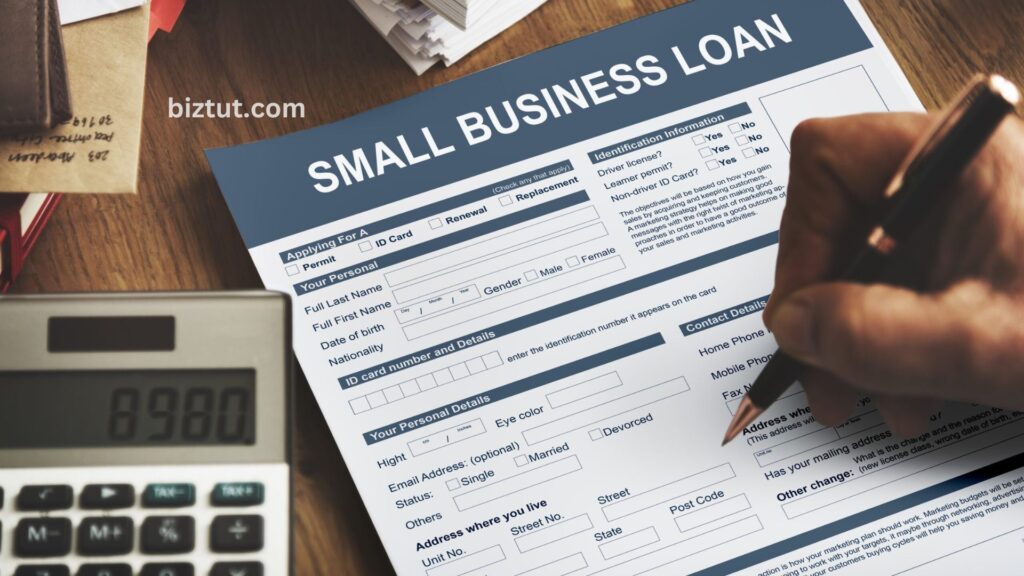It’s easy to get so busy with the daily tasks of running your business that you forget to keep an eye on your expenses. But tracking those expenses is really important! It helps you understand how your business is doing financially. By analyzing your finances, you can figure out where to invest more money and when to hold back.
Forbes Advisor can help you understand what business expenses are, which ones you should keep track of, why tracking is important, and how to do it effectively.
What Are Business Expenses?
Business expenses are the costs you incur while running your business. These are often called business deductions, and they are subtracted from your revenue to figure out your profits, losses, and taxable income. Common expenses include advertising and marketing, bank fees and commissions, software and utilities, office supplies, printing, postage, and even mileage.
By keeping track of your business expenses, you can see how your profits and losses change over time and spot trends that help you make better forecasts. Knowing how much money you have and where it’s going allows you to plan your spending wisely.
The IRS will allow you to write off business expenses if you provide proof, so tracking your expenses can help lower your taxable income.
How To Track Business Expenses in 5 Steps

Tracking your business expenses is important, and it’s easier than you might think! Here are some simple steps to help you stay organized and make the process smooth.
Step 1: Open a Business Account
First things first, set up a separate account just for your business. Open a business checking account, a savings account, and a merchant services account if you want to accept card payments. Having a dedicated account makes it much easier to manage your finances and keeps all your expenses in one place. This way, claiming tax deductions becomes a breeze!
Get a business credit or debit card, too. This means you won’t have to sort through a pile of receipts later on. Plus, having a separate card helps keep your credit history organized, making it easier to access business financing and even earn rewards like cash back on your purchases.

Step 2: Choose Accounting Software
Next, pick an accounting software that can help automate your record-keeping and track your expenses. With the right software, keeping tabs on your business costs becomes simple. Look for options with reporting tools that compare your expenses year after year. The good news is, there are several free accounting platforms out there that provide accurate records without breaking the bank.
When setting up your account, choose your preferred method for reporting income and expenses: cash accounting records transactions when payments are received, while accrual accounting tracks every bill and payment as they occur.
Step 3: Connect Your Financial Institutions
To make tracking your expenses even easier, link your accounting software to your bank accounts. This allows you to automatically download all your bank transactions and categorize your expenses without any extra work. You can also import daily transactions and download bank statements, making it simple to reconcile your records.
With this integration, you can even complete banking transactions directly in your software without logging into your bank account. This saves you time and helps ensure that your income and expense records are accurate, as you won’t miss any transactions.

Step 4: File Your Receipts
Make sure to file your receipts as you go about your business. The IRS requires you to keep all paper receipts and documents like bank statements for at least three years. Use folders to organize your receipts and remember to note the purpose of each purchase. You can label and arrange the folders by date or category for easy access.
Tracking expenses has gotten easier with mobile accounting apps and expense trackers. These apps let you scan receipts with your phone and store them in the cloud. They can sync with your account books, making it easy to track each transaction.
Don’t forget to track all expenses, including mileage, flights, and meals, and keep the receipts!
Also Read: Small Business Accounting: 12 Tips and Tools
Step 5: Review Your Business Expenses
For the best results, review your business expenses regularly. Go through your reports and analyze the numbers. Look for trends to see how much you spend in different areas and how those expenses add up. This is also a good time to correct any mistakes.
Reviewing your expenses will give you a clear picture of your business’s financial health and help you make informed decisions to support your growth.




